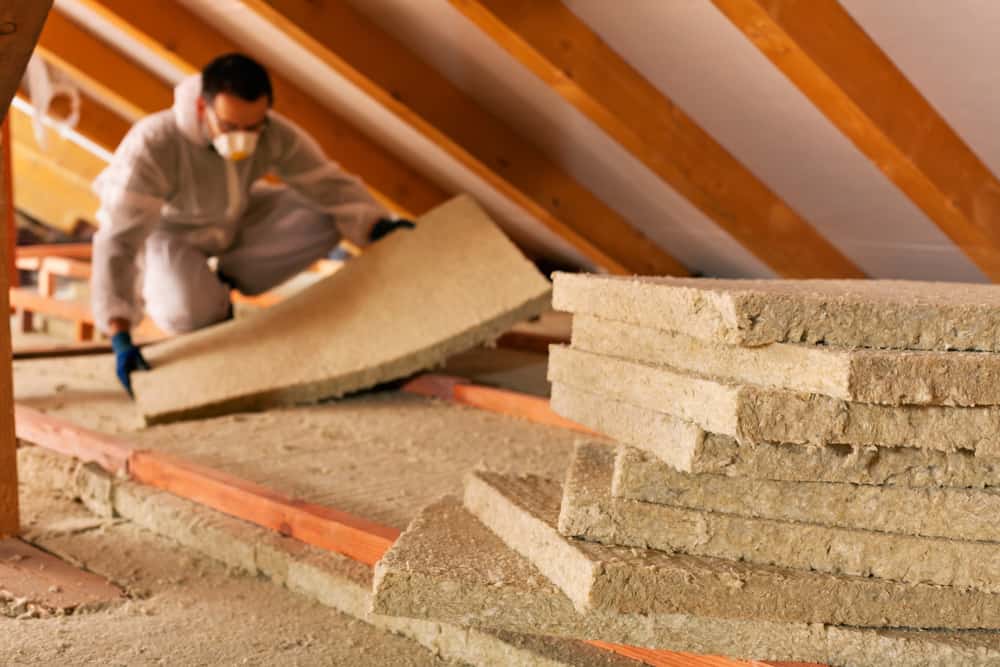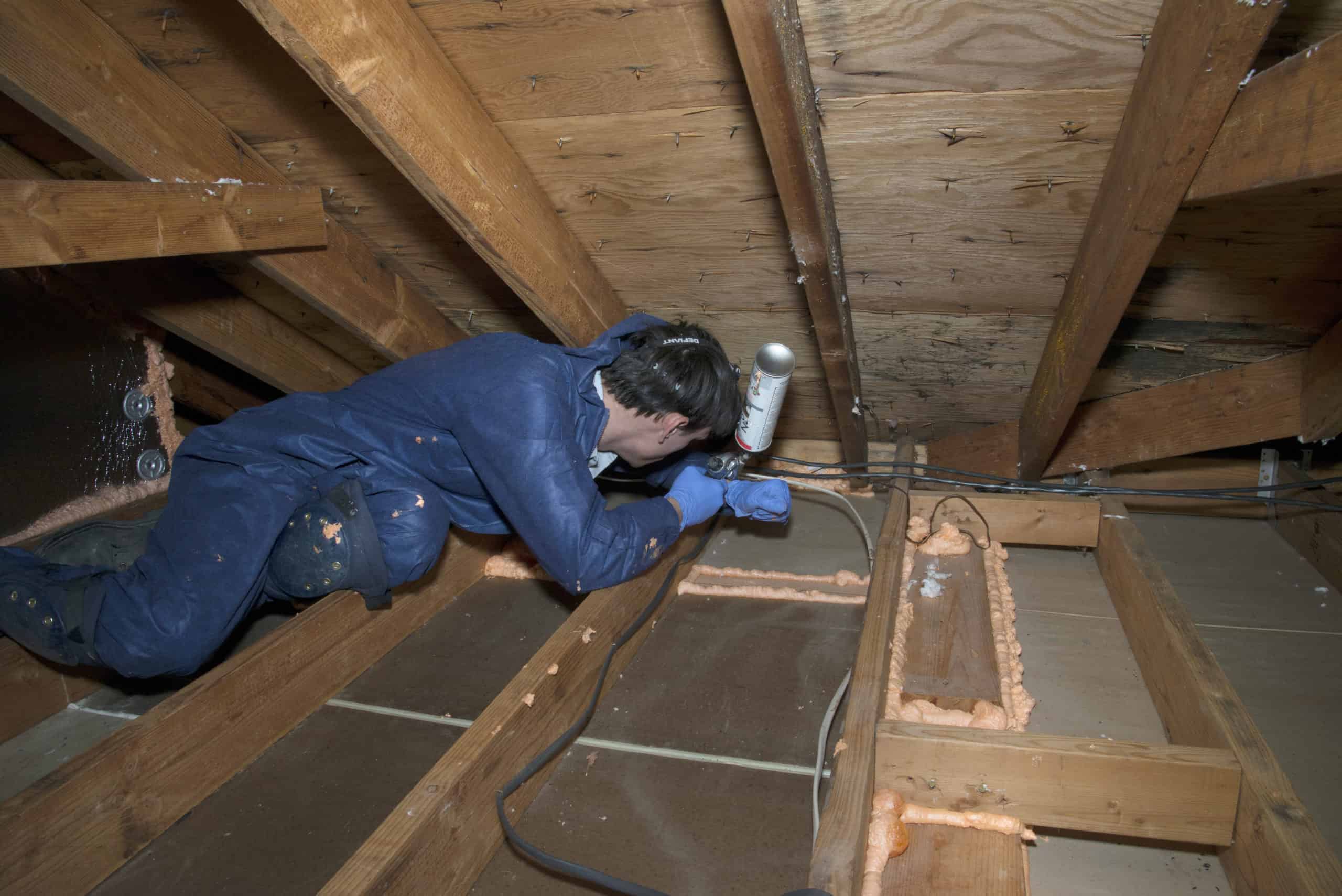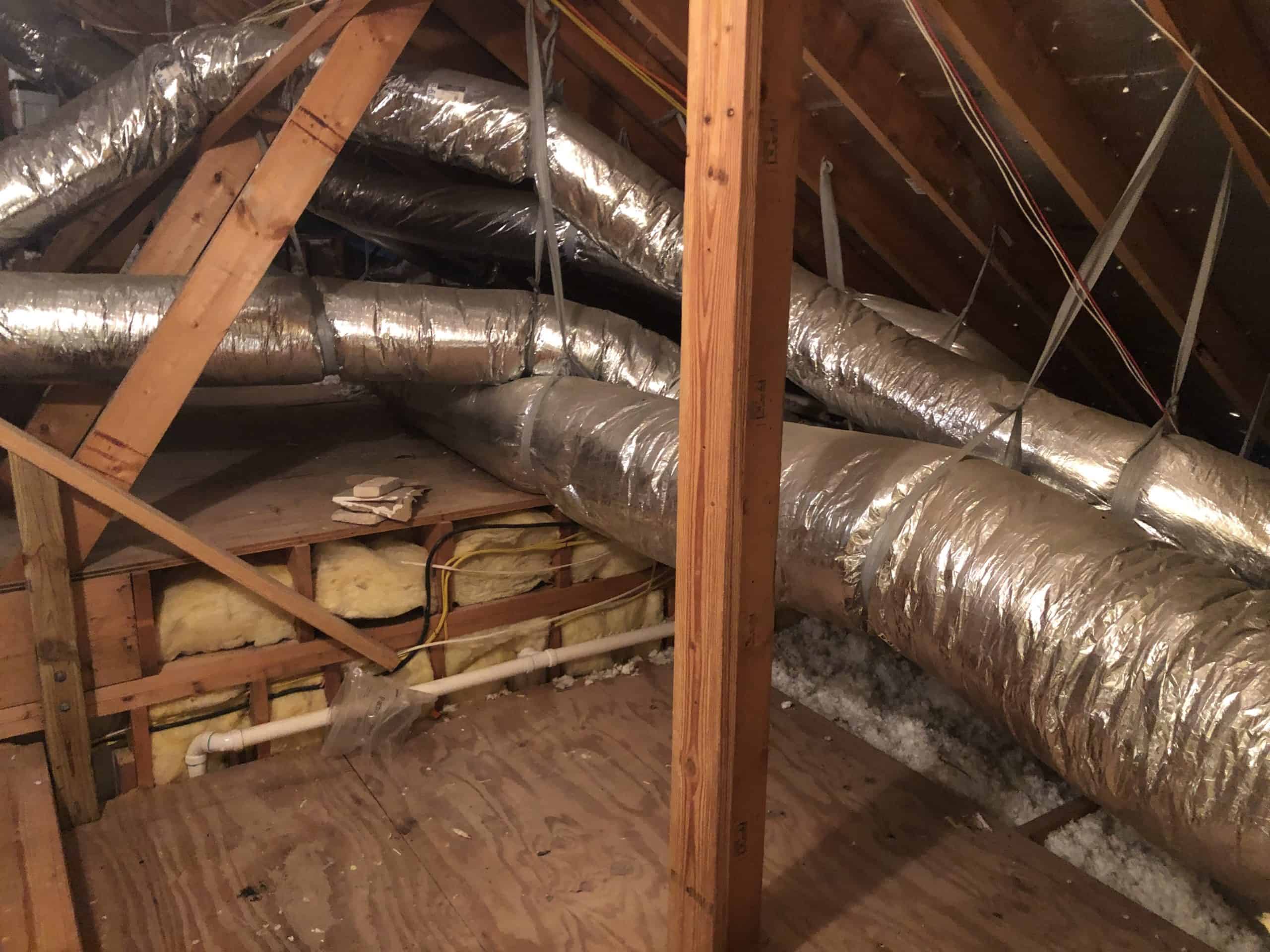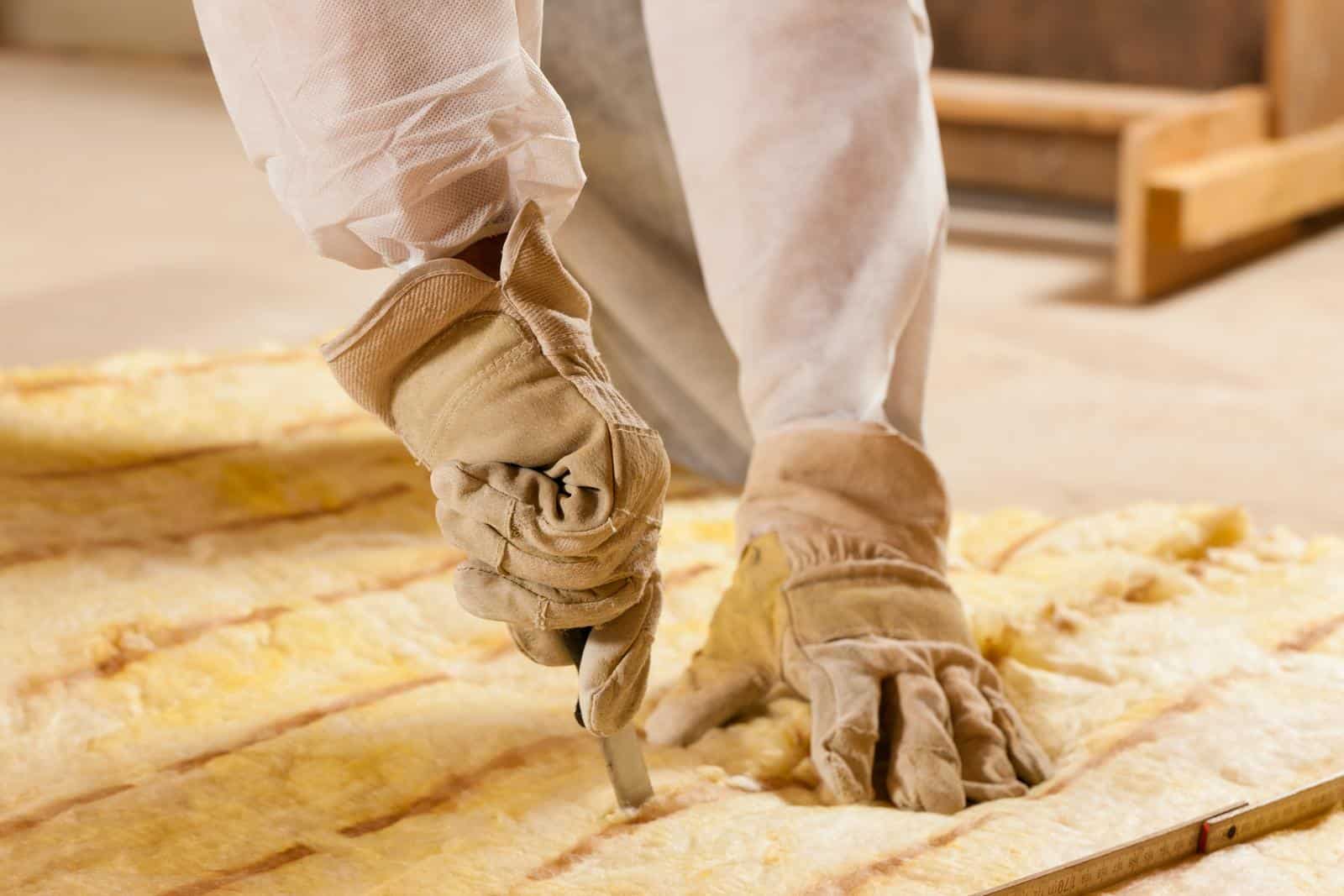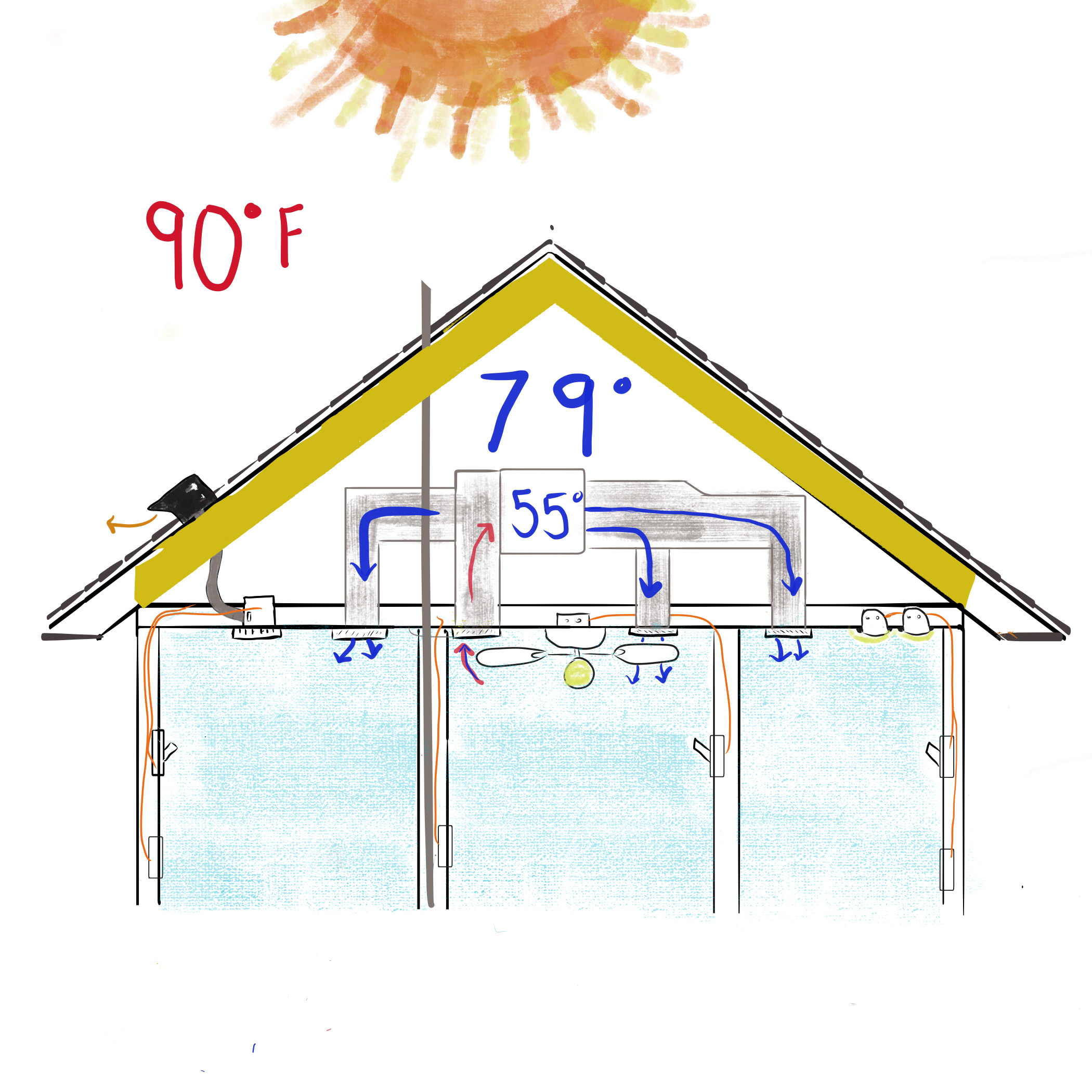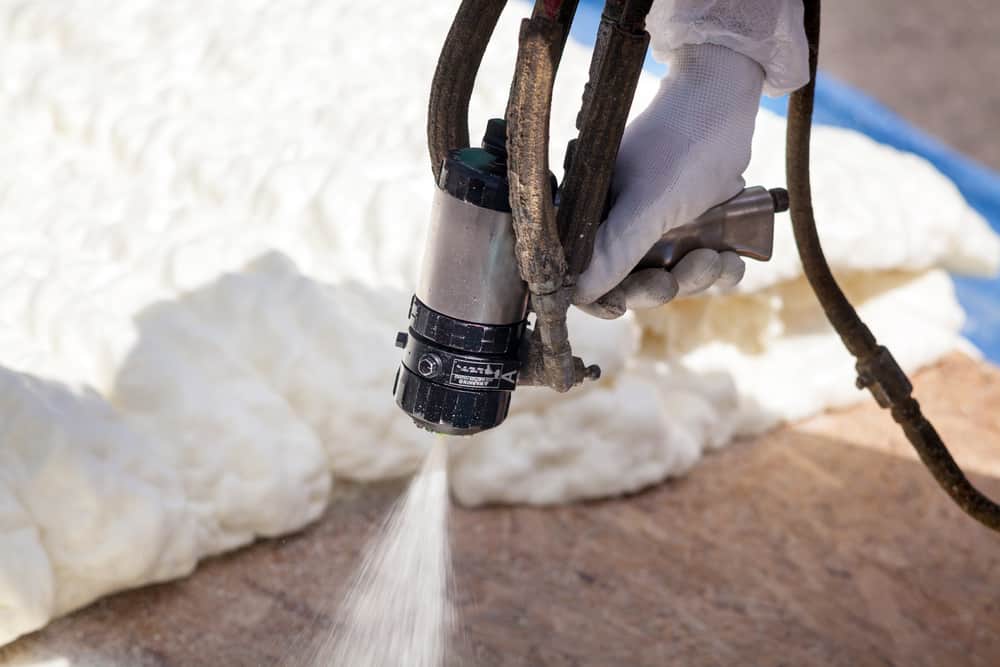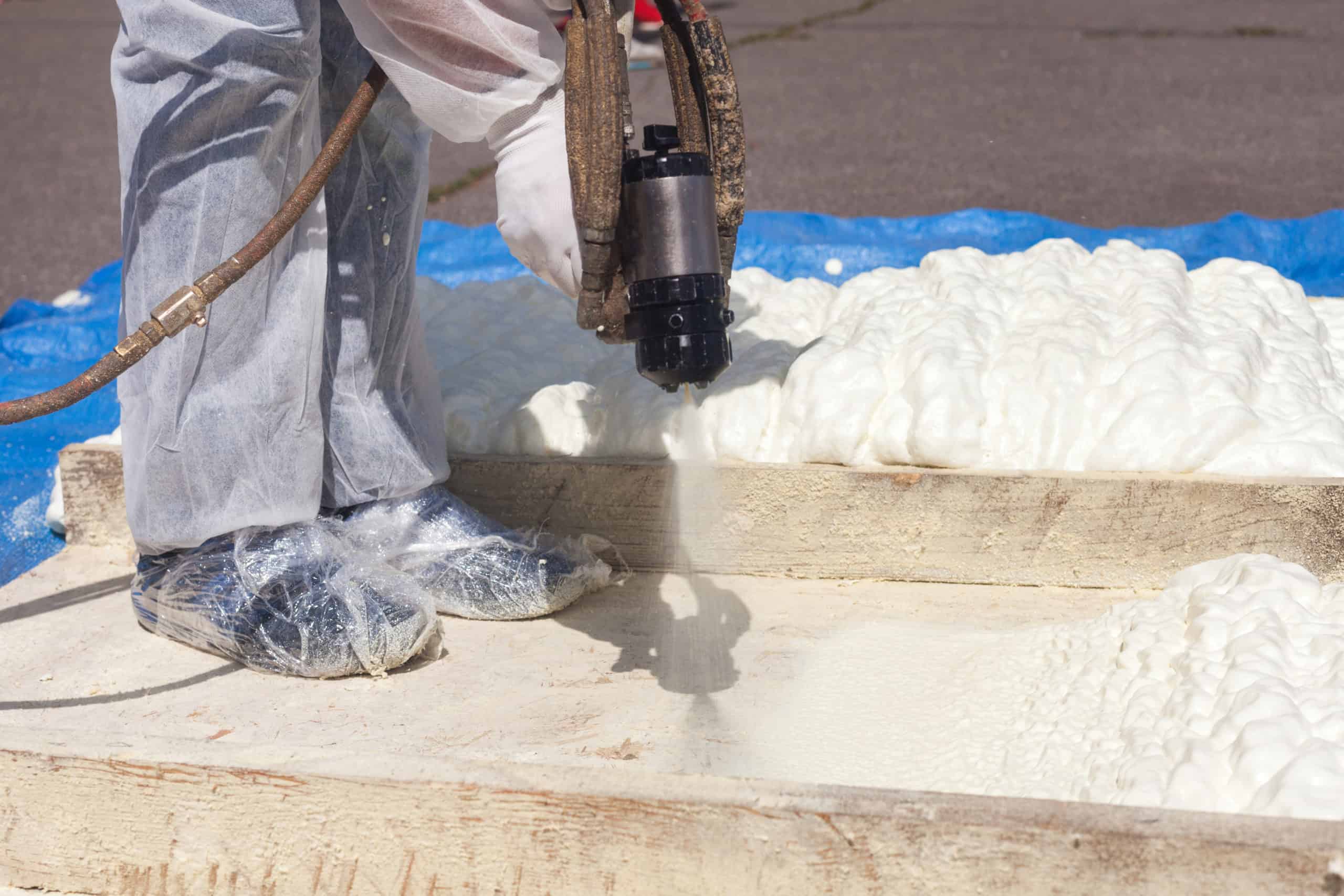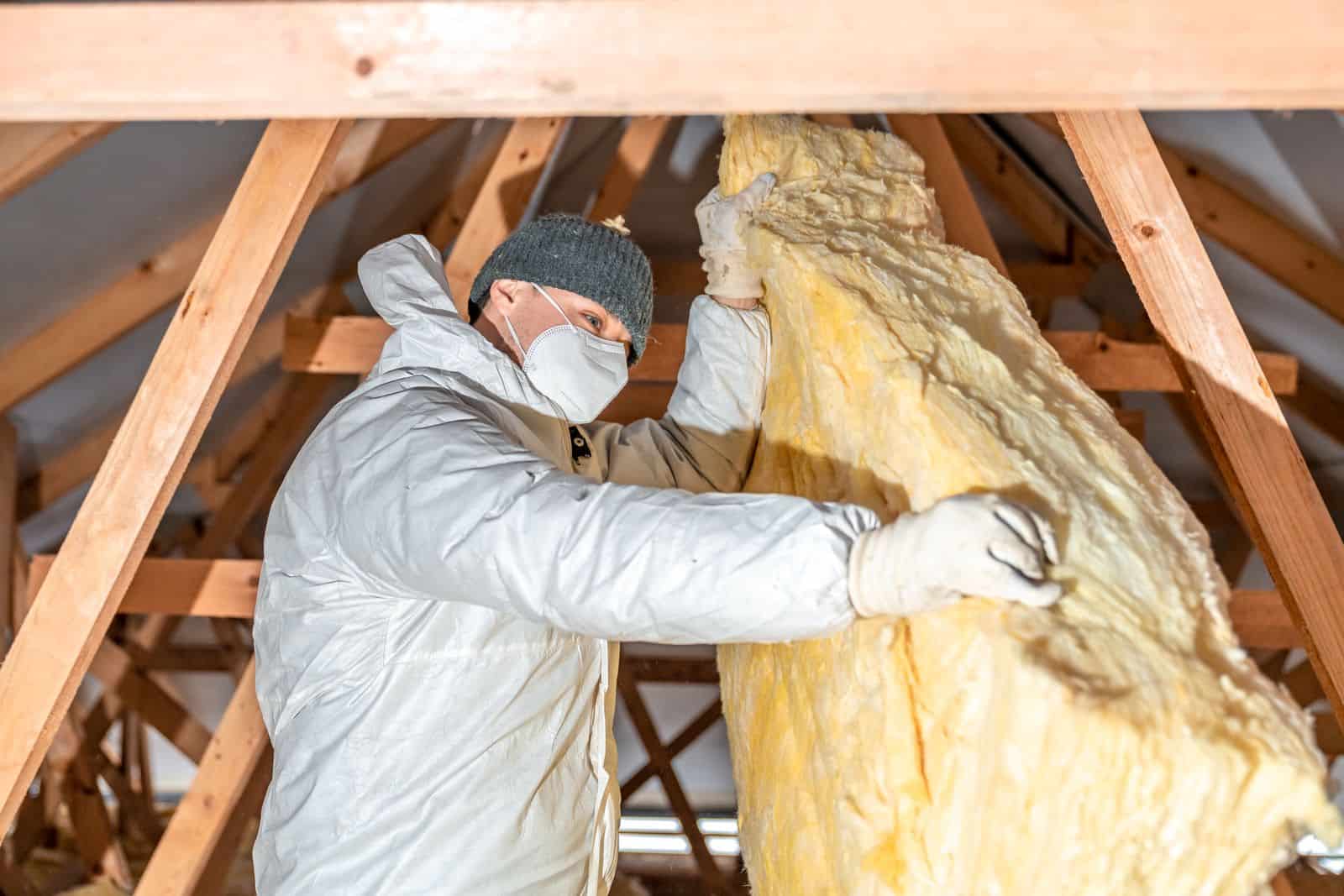What happens when your insulation gets wet? Does moisture ruin your insulation? Will the insulation do its job properly if it gets wet, and can you dry out wet insulation? These are some of the questions that most homeowners who look for attic insulation in Houston ask. While insulation can get wet, different types of insulation may get affected differently by moisture. But even before discussing how moisture affects insulation and what to do if your insulation gets wet, you must understand what may cause your insulation to get wet.
What Causes Insulation to Get Wet?
There are many reasons why insulation may get wet. Common ones include:
Leaky gutters or roofs: If your gutters or roofs are in bad condition, they can allow water to enter your home and wet your insulation.
Plumbing leaks: If you have any appliances or pipes running through your insulation, a leak in those pipes can wet your insulation.
Increased humidity: If the air in your house is highly humid, it can cause moisture to collect on your insulation and make it wet.
Flooding: If your home experiences a flood, the water from the flood can enter your insulation and wet it.
Poor ventilation: Inadequate ventilation in your crawl space or attic can trap moisture in your insulation and make it wet.
What are the Effects of Wet Insulation?
While most insulation is designed to be moisture-resistant, it can cause havoc in your home if it gets wet. It can lose its insulation properties, leading to loss of heat, bad air quality, and increased energy bills. Listed below are some of the effects of wet insulation:
R-Value
Every type of insulation has an R-value. This indicates how effectively the insulation can trap heat in the building. The higher the R-value, the better the insulation is. When your insulation becomes wet, its R-value decreases as the water displaces the trapped air. As a result, the insulation will become inefficient and increase your heating and cooling costs. The insulation will then become a conductor of heat and will transmit heat instead of blocking it.
Air Quality and Mold Growth
Mold growth can cause serious health problems in damp areas. Mold thrives in dark and moist areas and can be challenging to eliminate. It can cause health problems like coughing and asthma attacks. Since insulation is installed in small areas for moisture to escape, it can become the perfect place for mold growth if it becomes wet. Eventually, the mold will show itself on the walls as black spots and spread in the room, affecting the air quality.
Signs of Wet Insulation
Since walls, ceilings, or floors hide insulation, you may not even notice that it has got wet or moist till you start seeing the damage the moisture has caused. Certain signs may indicate moist insulation in your home. Listed below are a few of those signs:
- Mold growth
- Damp or moist smell
- Stains on the wall
- Peeling wallpaper
- Flaky or peeling paint
If you suspect your insulation is wet, you can check for increased moisture levels in the wall cavities using a moisture meter. Most of the time, however, you must open the wall cavity to see if the insulation is wet.
What Happens if Fiberglass Insulation Gets Wet?
Wet fiberglass insulation, over a period of time, will lose its insulating properties. The thin and wet glass fibers will expand the material, making it less capable of trapping heat. The moisture will break the fibers down and affect the insulation’s durability. If you notice moisture on your ceilings or walls, you must get your insulation inspected immediately. You may have to remove the drywall and dry your insulation before repairing the ceiling or wall.
What Happens if Cellulose Insulation Gets Wet?
Cellulose loose-fill insulation is commonly used in the attic. When it gets wet, it can lose its effectiveness. Once cellulose absorbs water, it gets heavier, making it difficult to provide the required insulation. The combination of warm air and moisture in the cellulose insulation can lead to mildew and mold growth. In some cases, the wet insulation may also begin to rot, leading to structural damage. If your cellulose insulation is getting moist, immediately act on it. Dry the area and replace the insulation if damaged.
What Happens if Sprayfoam Insulation Gets Wet?
Spray foam insulation is usually water-resistant and creates a moisture barrier between the walls and the foam. It will not absorb too much moisture and won’t promote mold or mildew growth. However, there are a few things you should be careful about if this insulation gets wet. First, ensure you dry it out as soon as possible. If water sits on the foam’s surface, it can degrade the material over time. Spray foam insulation is heavy when it is wet. Hence, you must be careful while removing it as it can damage your home’s structure.
What Happens if Rockwool Insulation Gets Wet?
Though rock wool insulation is not explicitly designed to be moisture-resistant, it can perform decently well in moist environments. This is because it is made from slag or stone, which is naturally water-resistant. In addition, rock wool is treated with a water-repellant adhesive or coating to help it resist moisture. This insulation may also allow vapor to pass through and doesn’t wick water as it is not made of organic material. As a result, it may not promote mold growth as well. If there are leaks around the insulation, it will still get wet. However, it will regain its previous performance once it is fully dry.
Can You Dry Wet Insulation?
It is possible to dry out wet insulation. The amount of time it takes to dry wet insulation will depend on various factors, including the insulation type, the ventilation in the house, and the ambient humidity and temperature. Typically, it is best to replace the wet insulation with a new one to ensure effective performance. However, if you cannot replace the insulation immediately, you can do the following:
- Remove any stagnant water from the area where the insulation is located.
- Dry out the area using dehumidifiers and fans. This will help remove any moisture from the air and help the insulation to dry out more quickly.
- Blow warm air over the insulation using a fan heater.
- Once the insulation has dried out completely, check it carefully for signs of damage. If it is deteriorated or damaged, you must replace it with a new one.
Your insulation may require maintenance and repairs from time to time. However, if it gets damaged by water and needs to be replaced, it is best to contact professionals to do the job for you.
https://fdinsulation.com/attic-insulation/spray-foam/ offers attic insulation and air sealing services. We can help make your home comfortable and help you save money on your energy bills. Our services include attic insulation, spray foam insulation, crawl space insulation, and insulation removal and replacement. Contact us for a free estimate of our services or learn more about how we can help you with your home insulation.
